Clipping horses in winter
As winter rolls around and the days start to cool off, why do we see so many horses’ warm, fluffy coats being clipped off? Contrary to what some may believe, clipping is not purely for the aesthetic!
Why do people clip their horses?
- For horses in work or competition, it assists in managing sweat and heat. A clipped horse will cool down and dry off quicker than a horse with a thick coat.
- Reduces cold sweats which can occur when a horse’s body must work for a prolonged period to cool down.
- Comfort – for example, horses who suffer from Cushing’s disease often grow a long, curly, thick coat, which can be uncomfortable and cause overheating.
- External parasite control- clipping can be a management tool in severe cases of external parasite burden.
What sort of clips are there?
There are various types of clips that all suit different needs. They include:
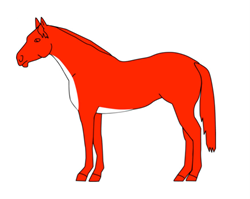
- Belly Clip – used to remove areas of heavy sweat under the belly and neck, and between the front legs. The belly clip is often used for horses in light work who may not have access to a stable or shelter, as the rest of their coat remains to help generate warmth in the cold.
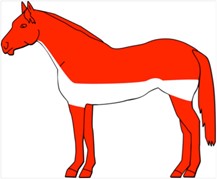
- Trace Clip – also known as a harness clip as the areas of hair removed are where a harness would sit on the horse! This clip removes hair from areas of high heat, under the neck, between the front legs and across the belly and flanks. It is often seen on horses in light work who are not stabled, where their natural coat can protect them from the elements.
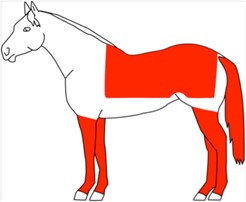
- Blanket clip – clips all hair apart from that on the legs and covering the back and loins. This clip is used on horses with a medium workload, where areas that are not clipped will not be likely to reach a point of sweating.
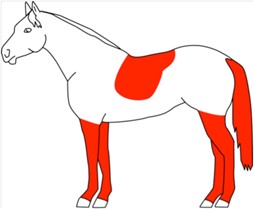
- Hunter Clip – this style leaves hair on the legs and around the saddle. Often seen on horses in heavy work. Leaving the hair on the legs is aimed to protect them from winter mud and wind, as well as jumping obstacles as in a traditional hunter event. Leaving the saddle pad area is also for protection and comfort when saddled and ridden for long periods of time.
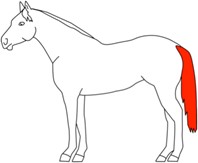
- Full body clip – this clipping pattern will be seen across a range of performance horses, who are in heavy work. It allows a quicker cool down and quicker drying after a hose. These horses however require much attention with rugging and protection/treatment of skin ailments that may arise from not having their natural coats.
The decision on the type of clip which is best for you horse comes down to the type and intensity their workload, as well as the climate. Professional horse groomers can assist greatly in helping you choose if, and what type of, clipping is right for your horse!
Photo Credit: http://sianlovatt.blogspot.com/2013/10/clipping-for-winter-do-i-or-dont-i-you.html
Written by Sharne Haskins
Experts in Equine Nutrition
Every product in the Ranvet range has been developed to meet a horse’s most specific need at any given time, be it in a training environment or on a breeding farm. Having pioneered the formulation of specific medications and dietary supplements for horses, the company is now recognised as a leader in the areas of equine health and nutrition.
